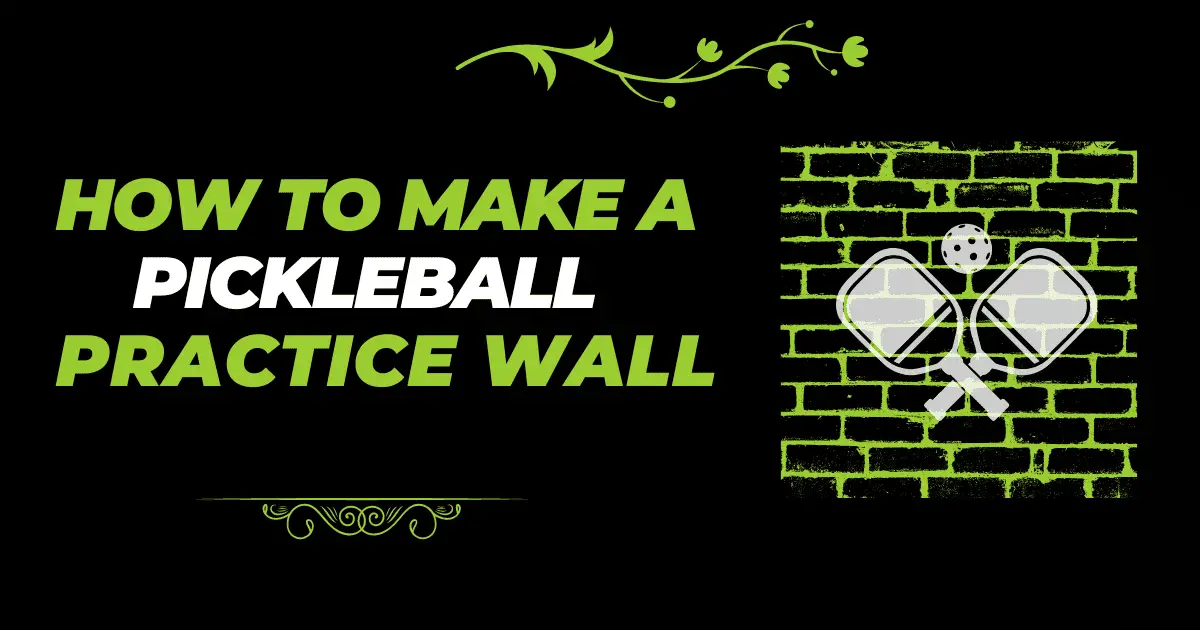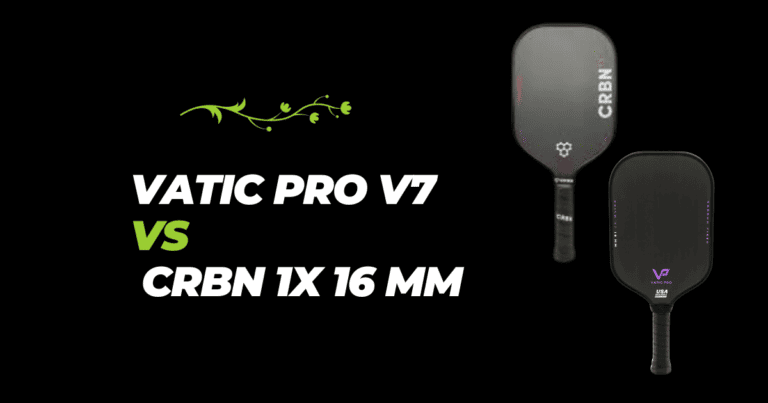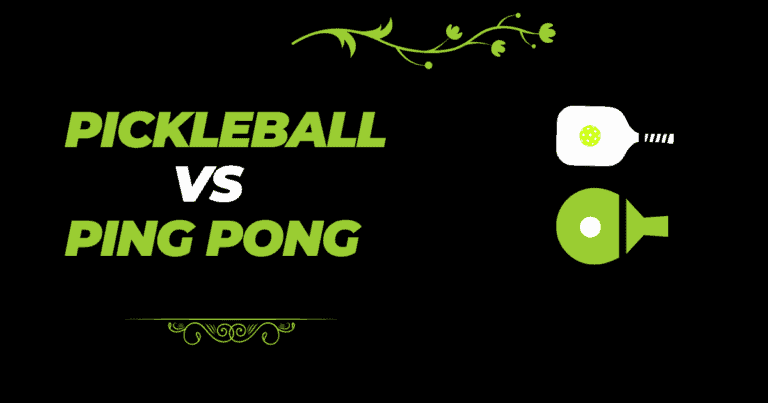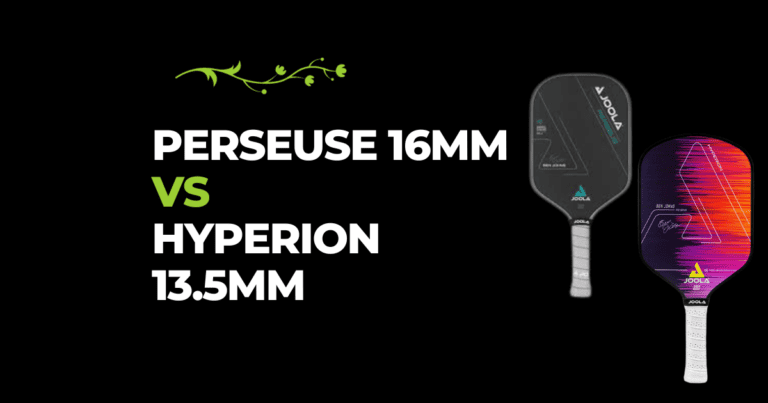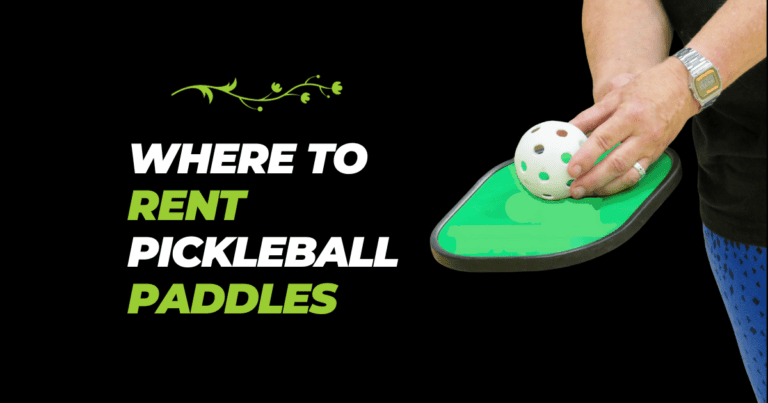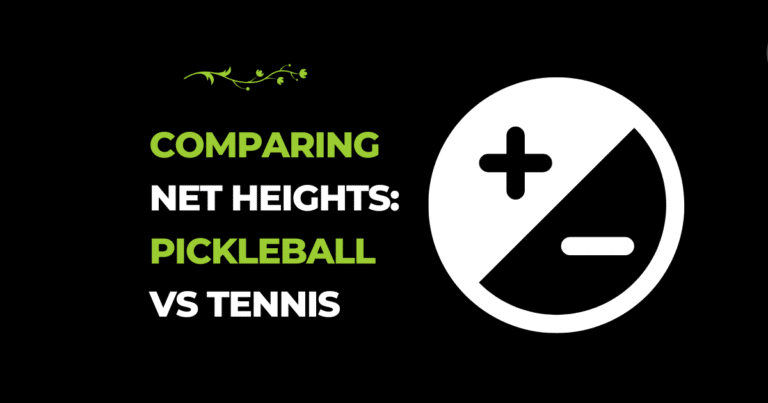Last updated on: July 12, 2024
Pickleball is becoming very popular because it combines tennis, badminton, and table tennis in a fun way. People of all ages love it.
As more people play pickleball, they want easy ways to practice. A pickleball practice wall is perfect for this. With your own practice wall, you can improve your skills, get better at techniques, and enjoy playing even when you don’t have a partner.
In this guide, we will show you how to make a pickleball practice wall, explain its benefits, and give you helpful tips to get started.
How to Make a Pickleball Practice Wall Board?
Building a pickleball practice wall required certain processes. We’ll explore each one separately.
Choosing the Right Location
Before constructing a pickleball practice wall, evaluating the available space carefully is important.
Consider the dimensions of the wall, ensuring it will fit comfortably within your chosen location. Outdoor and indoor options have merits, so weigh the advantages and disadvantages based on your circumstances.
Additionally, prioritize safety and accessibility, ensuring ample room to maneuver around the wall without any potential hazards.
Selecting the Materials
- Gather essential materials for building a durable and functional pickleball practice wall.
- Start by selecting a suitable wall surface with resilience and optimal ball response.
- Standard options include concrete, wood, and synthetic surfaces designed for rebounding.
- Research and consult with experts to determine the most suitable surface material.
- In addition to the surface, gather recommended tools and equipment like measuring tape, level, drill, screws, and brackets.
Designing the Wall Board
Designing the pickleball practice wall involves determining the ideal dimensions to accommodate the space and meet your practice requirements.
Measure the available area and calculate the appropriate height and width for the wall.
- Consider a standard height range of 10 to 12 feet for the wall to accommodate various shot angles and player heights.
- Determine a width between 16 to 20 feet, providing sufficient surface area for practicing shots and rebounds.
Remember that these measurements can be adjusted based on personal preference and available space constraints.
Consider incorporating target areas, such as markings or cutouts, to simulate specific shots or practice drills. Moreover, adding rebound features, like angled sides or curved surfaces, can enhance the ball’s bounce and challenge your skills.
Recommended Read: Top female pickleball players
Preparing the Site
Before construction begins, make sure the site is properly prepared. Clear the area of any debris, vegetation, or obstructions that may interfere with the installation or usage of the practice wall.
Take the time to level the ground, ensuring a stable foundation for the wall. This step is vital to prevent structural issues and maintain the wall’s integrity over time.
Additionally, consider securing the foundation with appropriate measures, such as concrete footings or anchor systems.
Constructing the Pickleball Practice Wall Frame
The frame of the pickleball practice wall serves as its backbone, providing stability and support. Start by building the frame structure according to the predetermined dimensions. Use sturdy and weather-resistant materials like treated lumber or metal to ensure the wall’s longevity.
Incorporate proper bracing and reinforcement to withstand the impact of the ball and the forces exerted during practice sessions. A solid frame is essential for a reliable and long-lasting practice wall.
Installing the Wall Surface
It’s time to install the chosen wall surface material with the frame in place. Follow the manufacturer’s instructions to mount the surface securely to the frame using suitable fasteners and techniques.
Make sure a smooth and even finish, ensuring the ball’s response is consistent across the entire wall. Proper wall surface installation is crucial for an optimal practice experience and accurate ball rebounds.
Enhancing the Wall
To maximize the effectiveness of your pickleball practice wall, consider adding the following enhancements:
- Use target lines and markers to improve aim and accuracy.
- Implement a scoring system for tracking progress and creating challenges.
- Attach accessories like rebound nets, ball catchers, or machines for additional practice drills.
Maintenance and Care
Like any structure, a pickleball practice wall requires regular maintenance to ensure its longevity and optimal performance. Follow these steps:
- Conduct routine inspections to identify wear, damage, or loose components.
- Promptly address issues by making necessary repairs or replacements.
- Protect the wall from weather elements with a weather-resistant sealant or paint, especially for outdoor installations.
- Periodically clean the wall surface to remove dirt, debris, or markings that could impact ball response.
Safety Considerations
Safety should be a top priority when using a pickleball practice wall. Install padding or protective measures around the wall’s edges and corners to prevent injuries during accidental collisions.
Make sure a proper distance between the wall and any surrounding objects, such as fences or other structures, to allow ample space for play and reduce the risk of damage.
Establish clear rules and guidelines for usage, emphasizing the importance of proper technique, appropriate footwear, and responsible behavior.
Getting the Most out of Your Pickleball Practice Wall
Now that your pickleball practice board is ready, it’s time to make the most of it.
- Develop a personalized practice routine aligned with your goals and schedule.
- Incorporate a diverse range of drills and exercises to target specific skills and aspects of the game.
- To expand your repertoire, experiment with different shot techniques, footwork patterns, and shot placements.
- Track your progress over time by setting achievable goals and celebrating milestones.
- Emphasize consistent practice and dedication, which are key to significantly improving your pickleball game.
Final Thoughts
A pickleball practice wall is a valuable asset for players looking to enhance their skills and enjoy the game to the fullest. You can create a practice wall that meets your needs by choosing the right location, selecting suitable materials, designing a functional wall, and following proper construction techniques. Remember to prioritize safety, perform regular maintenance, and utilize the wall effectively through targeted practice sessions. Embrace the value of a pickleball practice wall as a tool for consistent practice and improvement, and watch your game reach new heights.
Frequently Asked Questions
Can you practice pickleball against a wall?
Practicing pickleball against a wall is a great way to improve your skills. It improves your shot accuracy, ball control, and reaction time.
What is the best surface for a pickleball practice wall?
Plywood is one of the recommended surfaces for a pickleball practice wall. It provides a good balance of resilience and ball response, making it suitable for practicing shots and rebounds. Plywood surfaces can offer a slightly softer bounce compared to concrete, allowing players to work on their control and touch while simulating natural game conditions.
How do you use a wall for pickleball practice?
To use a wall for pickleball practice, stand a short distance from the wall and hit the ball against it. Practice different shots, such as forehands, backhands, and volleys, focusing on control and accuracy. Use the wall to simulate game situations and improve your reflexes and shot placement.
How can I practice pickleball at home?
You can practice pickleball at home by setting up a pickleball practice wall and creating a designated practice area with enough space. Alternatively, you can practice footwork, ball control, and shot technique using a portable pickleball net, practicing with a partner or solo drills, and even utilizing pickleball training videos or online resources for guidance.
How to practice pickleball against a wall?
To practice pickleball against a wall:
- Find a Suitable Wall: Identify a flat and sturdy wall with enough space for hitting the ball.
- Use a Paddle and Ball: Grab your pickleball paddle and a suitable ball for practice.
- Stand at a Comfortable Distance: Position yourself at a comfortable distance from the wall, allowing enough room for a full swing.
- Practice Volleys: Hit the ball against the wall and practice volleys by hitting it on the rebound. Focus on control and accuracy.
- Work on Reflexes: Vary your shots and angles to simulate different game scenarios. This helps improve your reflexes and shot responsiveness.
- Practice Footwork: Incorporate footwork into your practice, moving laterally and forward/backward as you hit the ball against the wall.
- Solo Drills: Create solo drills by hitting the ball against the wall and incorporating different strokes, such as forehand and backhand.
- Consistent Practice: Consistency is key. Regularly practice against the wall to refine your skills, improve muscle memory, and enhance overall gameplay.
Remember to focus on proper technique and gradually increase the intensity of your practice sessions.
Share any helpful tips you have in the comments!
Learn: Are Hoka Shoes Good For Pickleball?, Lucy Kovalova, Top Richest Pickleball Players, Top Female Pickleball Players , Top Men’s Pickleball Players
Equipment: Best pickleball paddles under $100, Where to Rent Pickleball

